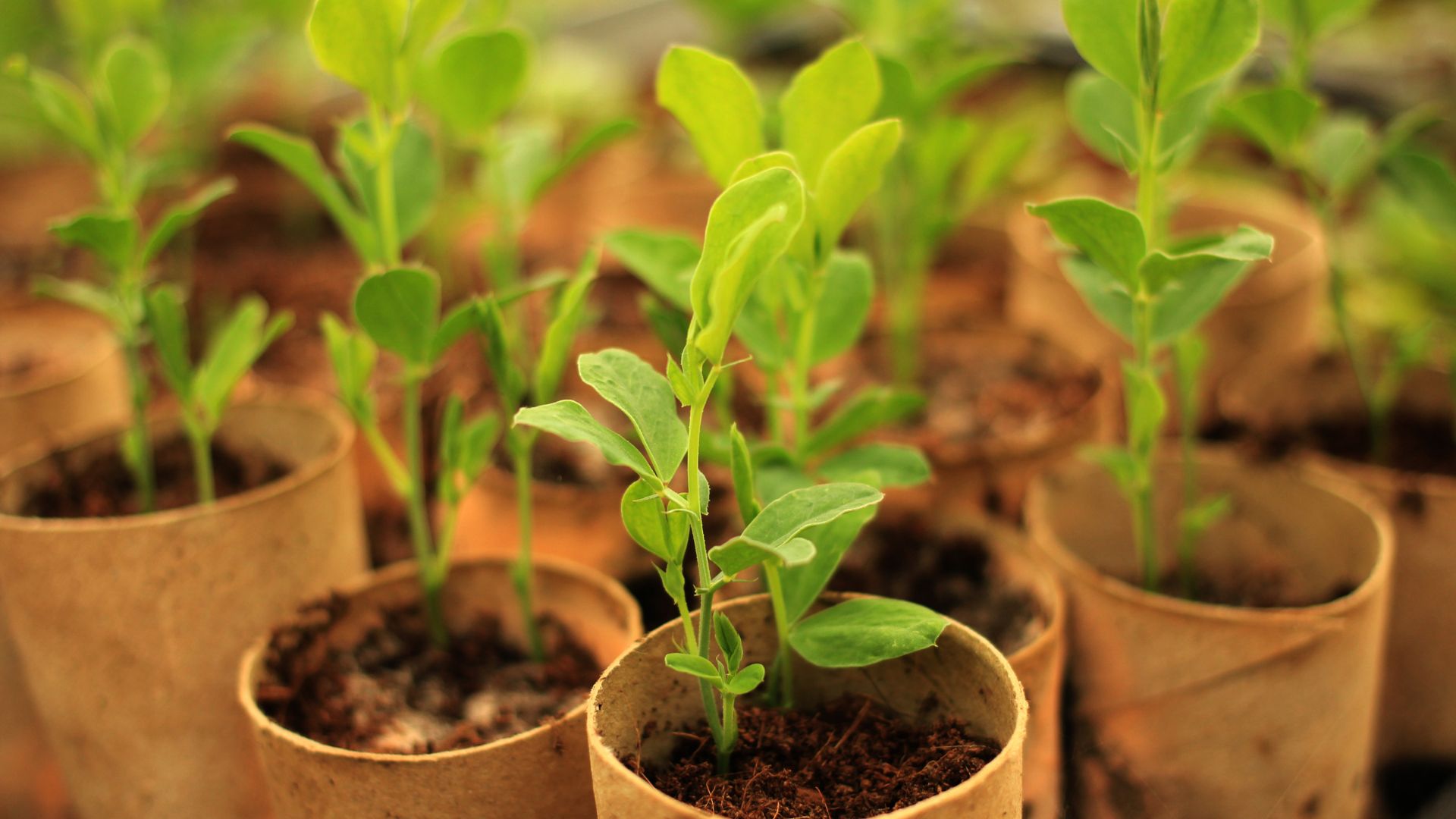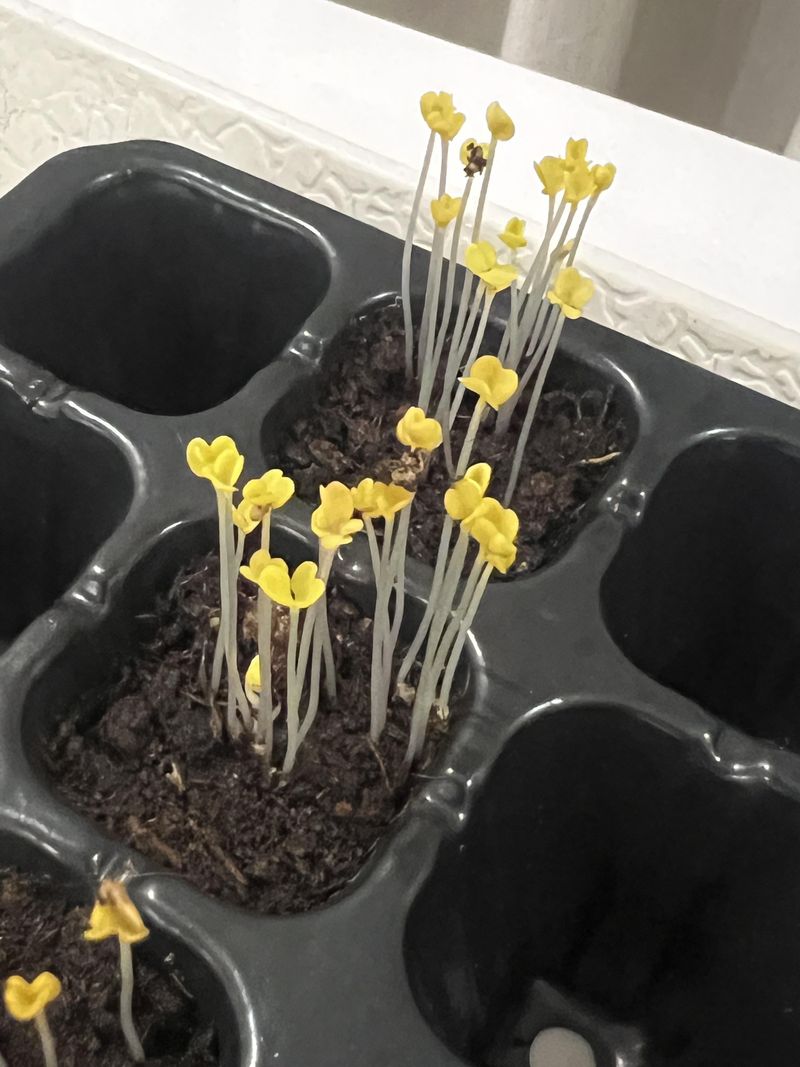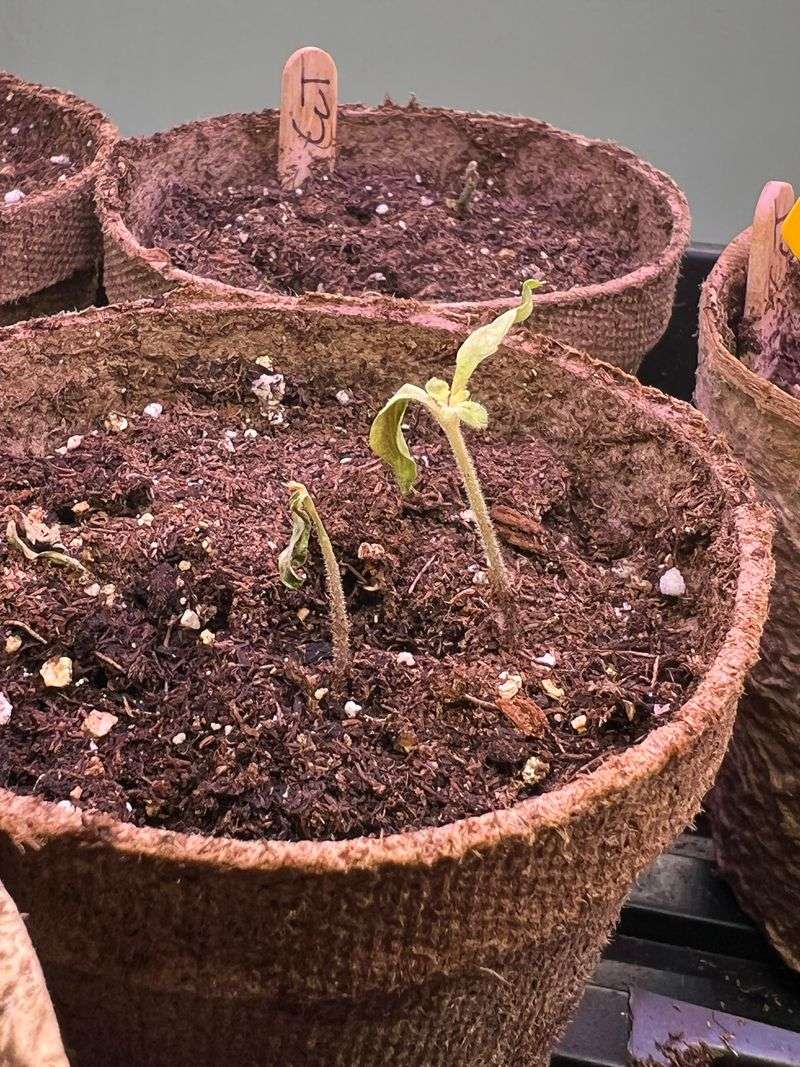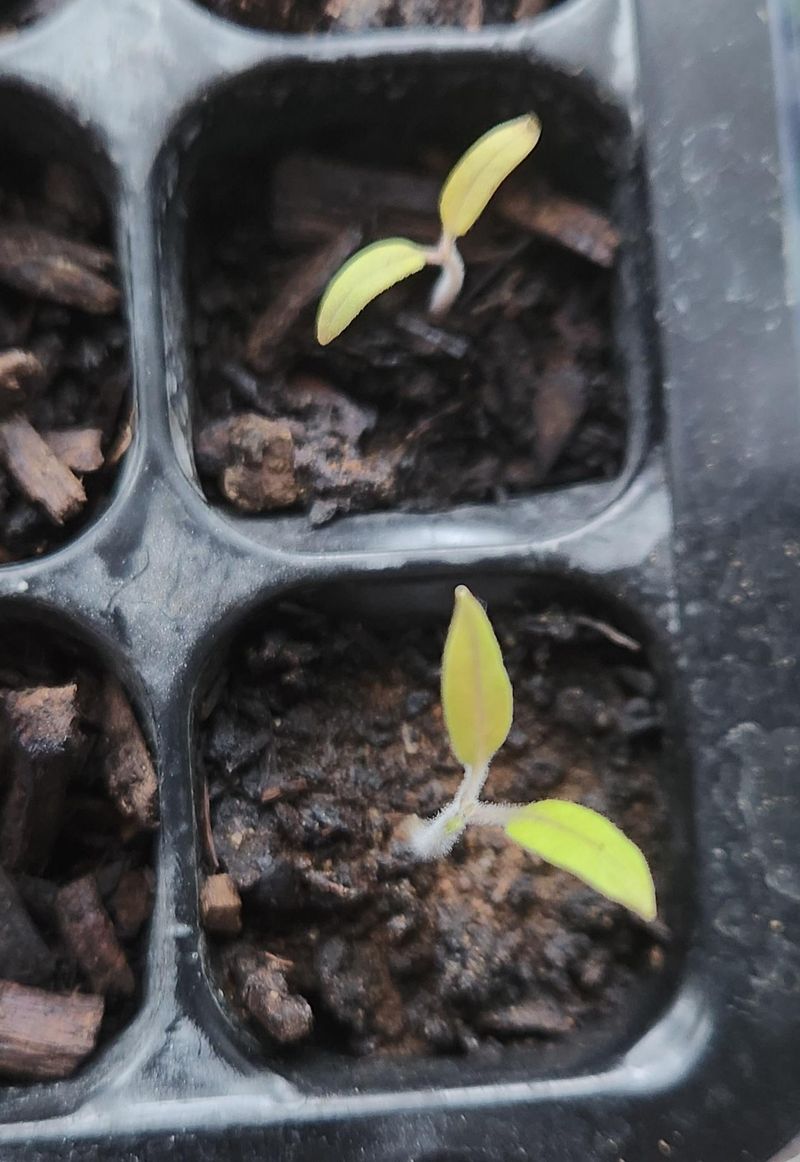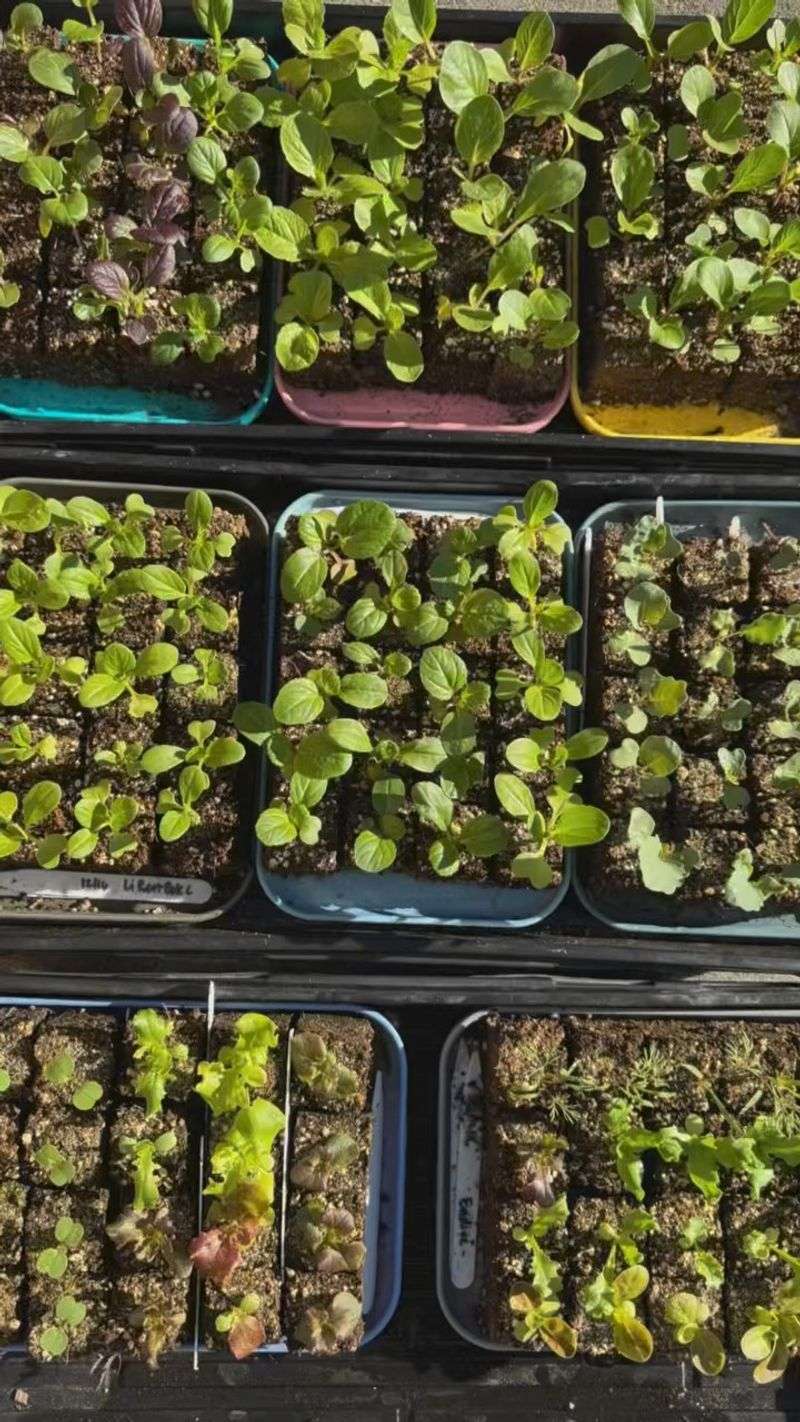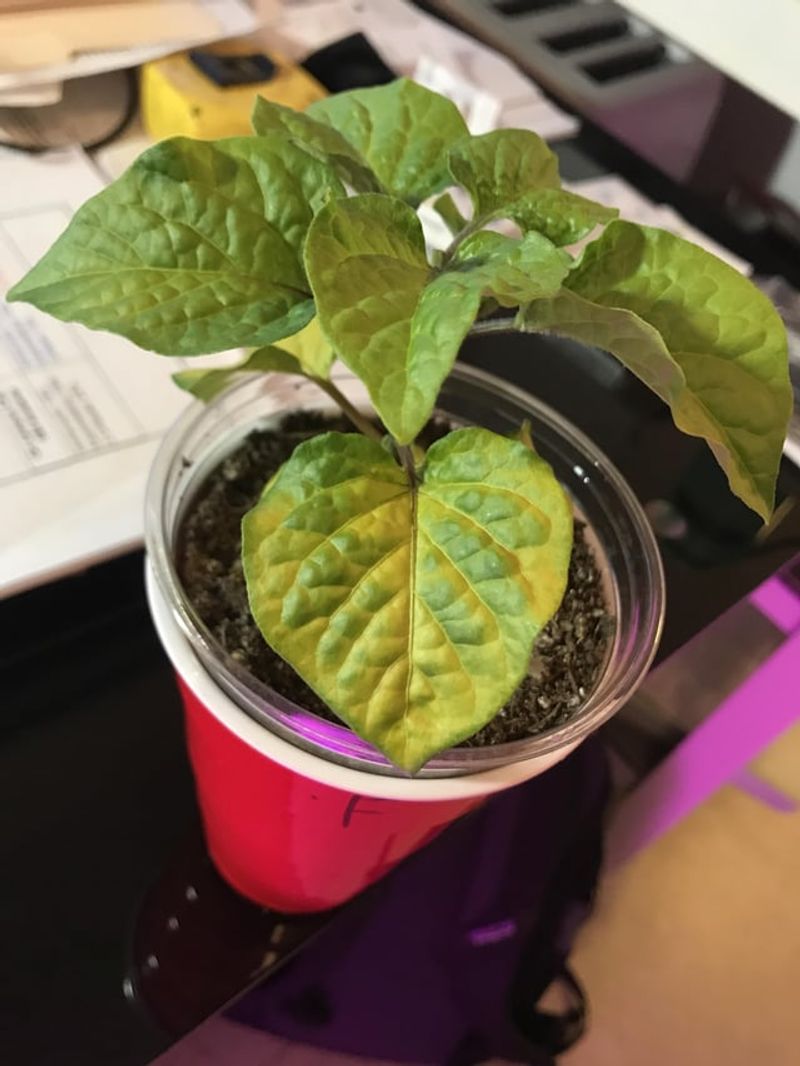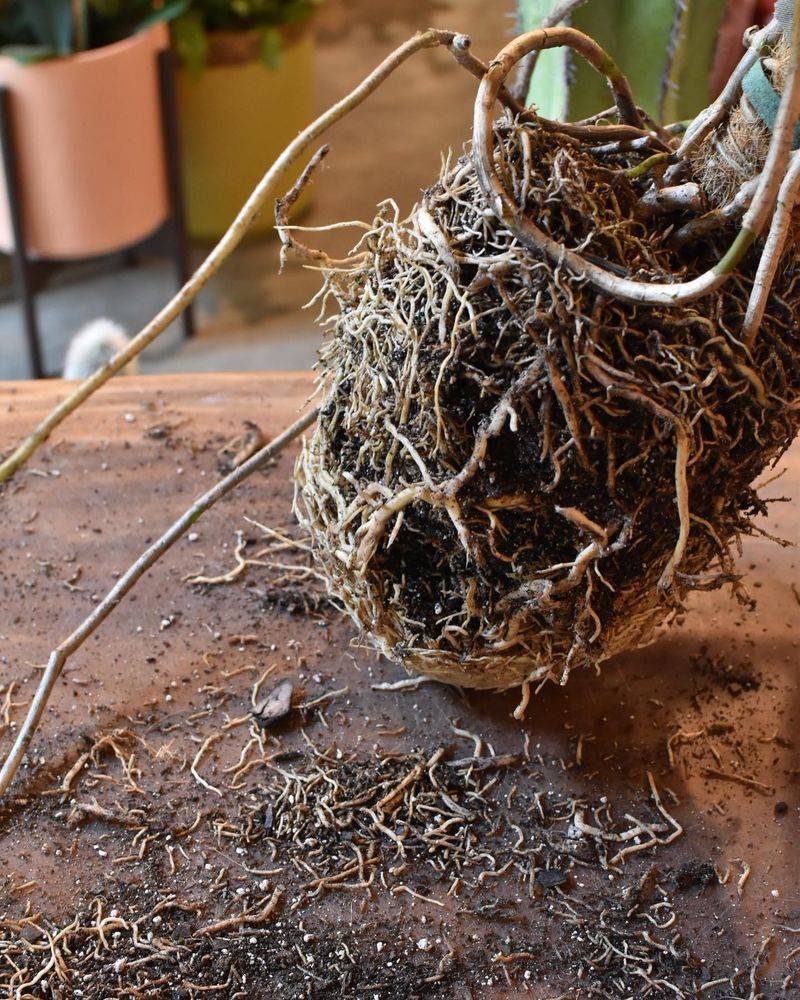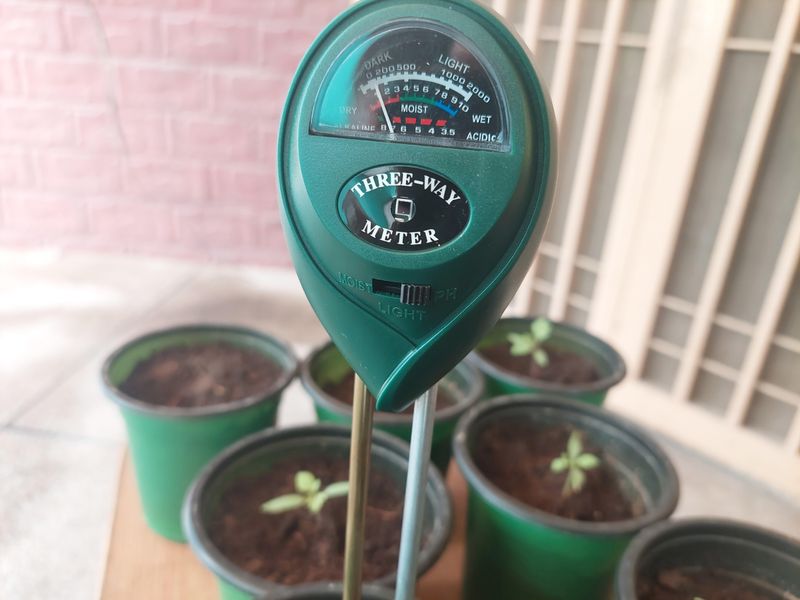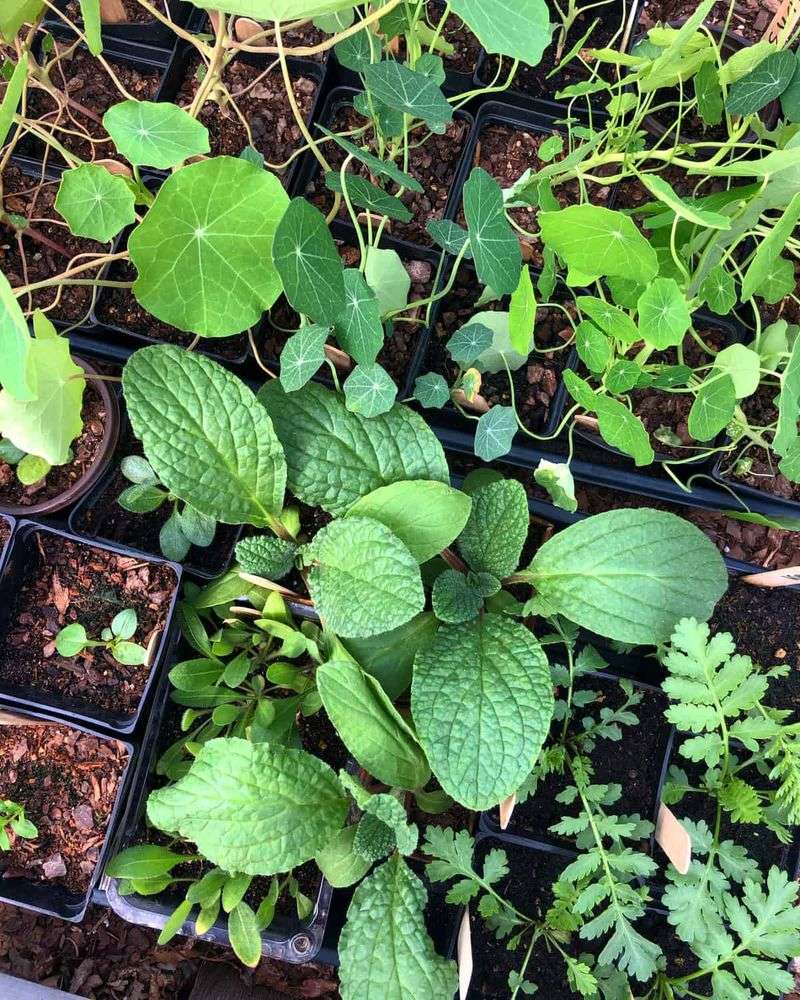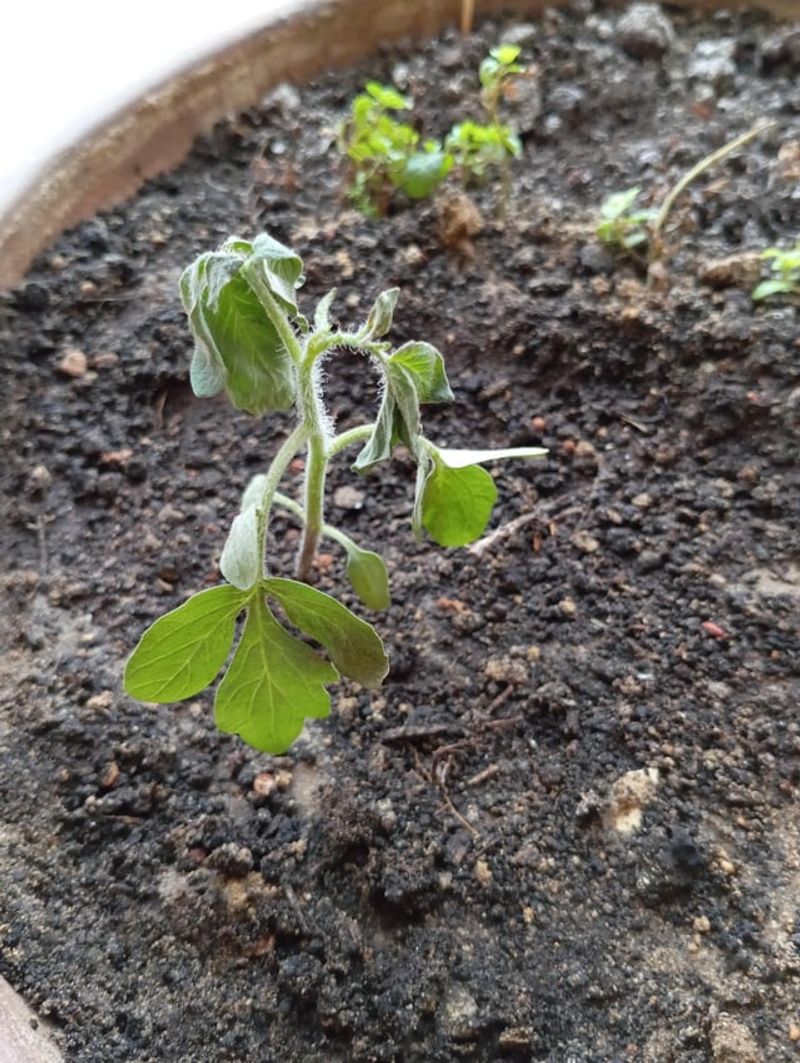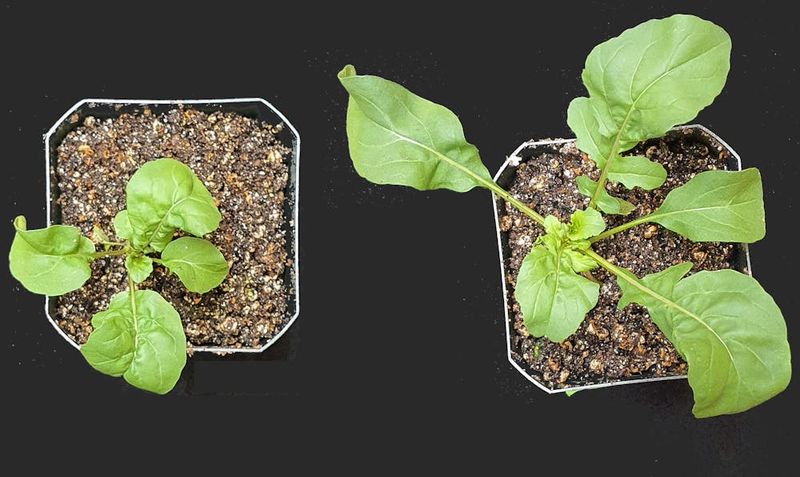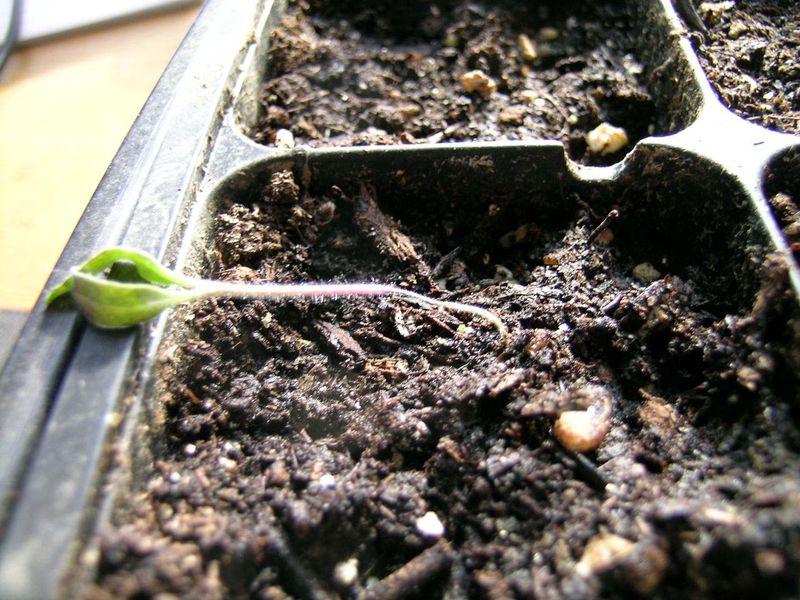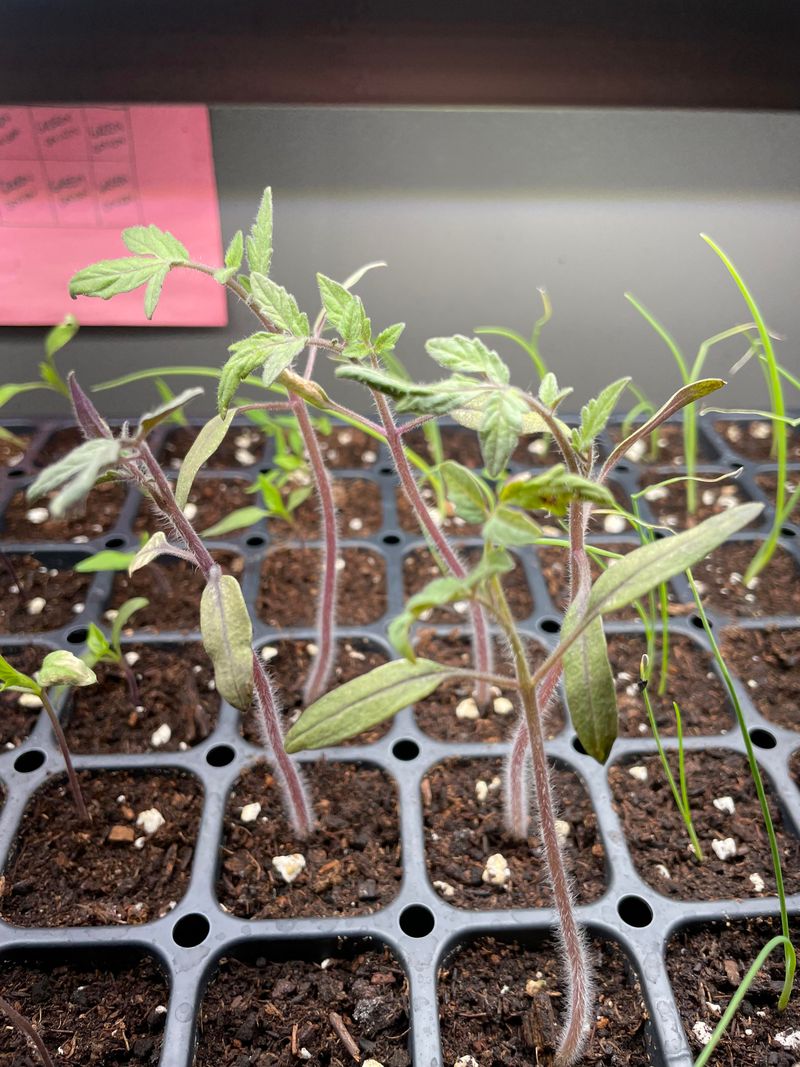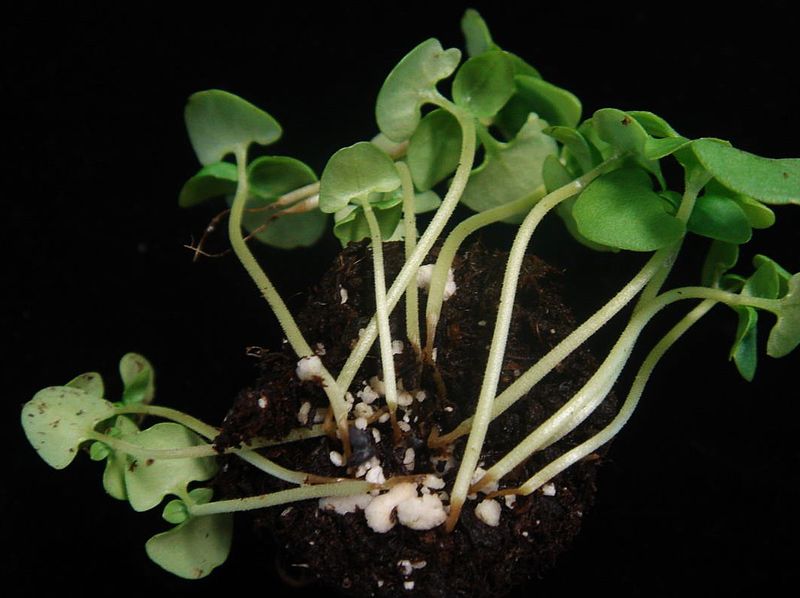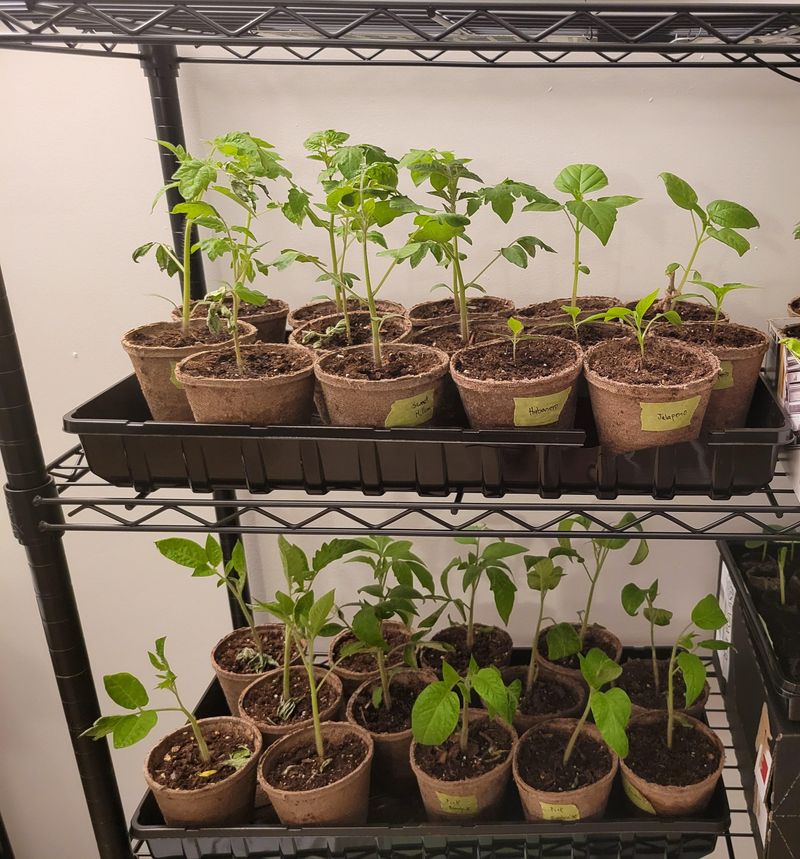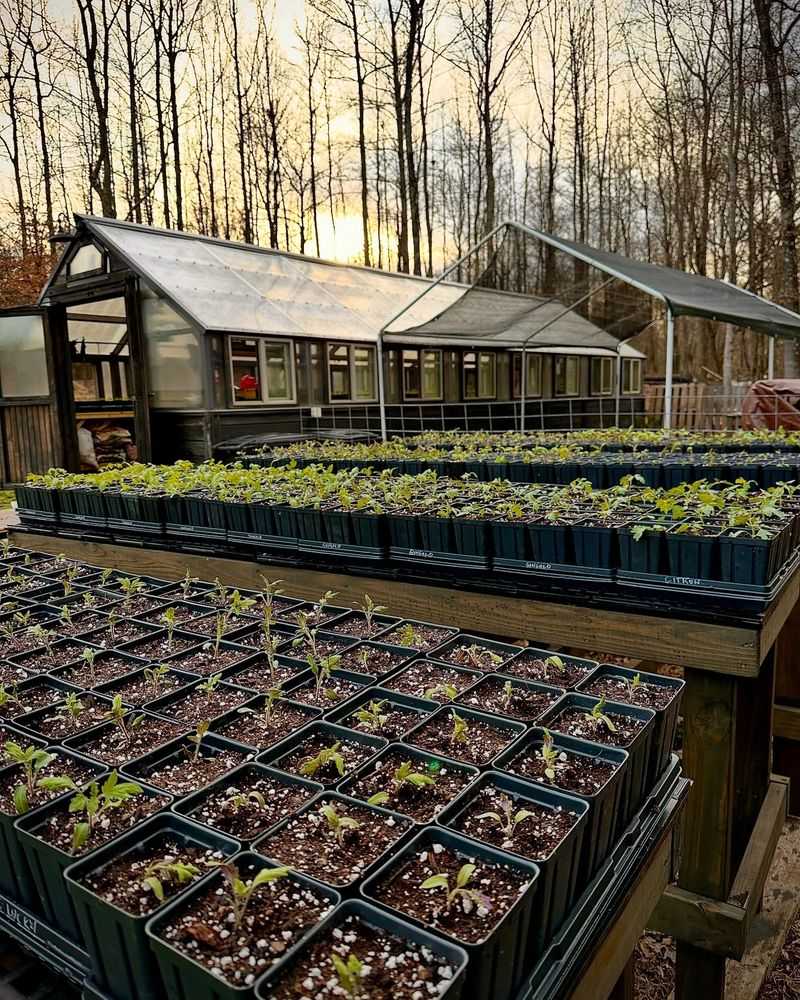Ah yes, those tiny green sprouts full of promise… until one day, they’re slumped over like they’ve given up on life. If you’ve been there—staring at wilting seedlings and wondering what went wrong—you’re definitely not alone.
But here’s the good news: most issues have a fix. Here are some of the possible reasons your seedlings are wilting, and more importantly, what you can do about each one. We’ll break it down together in plain language—no need for a horticulture degree here.
So, grab your coffee (or garden gloves) and let’s handle those sad little greens. With a bit of observation and a few tweaks, your seedlings can bounce back and thrive like champs.
1. Insufficient Sunlight
It’s easy to misjudge how much light your seedlings are getting. Often, they’re placed in a spot that seems sunny, but indoor light can be deceiving. Without sufficient exposure, seedlings can become leggy and weak.
Consider placing them in a south-facing window or supplementing with grow lights. Keep an eye on how the light changes throughout the day and adjust accordingly.
A simple solution like rotating the tray can also help all parts of the plant get their fair share of light. Happy seedlings bask in bright, indirect sunlight for most of the day.
2. Overwatering
Watering might seem straightforward, but too much love can drown your seedlings. Soggy soil means roots can’t breathe, leading to rot. It’s a common mistake but easy to fix.
Try checking the soil before watering by sticking your finger a couple of inches in. If it feels moist, hold off on adding more water. Switching to pots with drainage holes can also prevent water from pooling.
Let the top inch of soil dry out between waterings. This encourages stronger root systems and healthier plants, ready to thrive with just the right amount of care.
3. Underwatering
In the hustle of daily life, it’s easy to forget a watering or two. Seedlings suffer quickly from neglect, showing dismay through wilted leaves and dry soil. Thankfully, this is a fast fix.
Make a habit of checking them daily. If the soil feels dry to the touch, give them a thorough drink. Set reminders if you need or consider self-watering trays.
A consistent watering schedule will have them bouncing back in no time. Reliable moisture is a key step to fostering resilient growth in your seedlings.
4. Poor Soil Quality
The soil you use can make or break seedling success. Poor-quality soil might lack the necessary nutrients or might be too compacted. Without a good foundation, seedlings can’t anchor or access essential nourishment.
Opt for a high-quality seed-starting mix that’s light and airy. This helps roots expand and allows for proper drainage.
Checking the pH level can also be beneficial, as most seedlings prefer a neutral to slightly acidic soil. A little investment in the right soil can lead to thriving plants.
5. Pest Infestation
Pests often target young seedlings, lured by their tender leaves. Tiny invaders like aphids can quickly sap their vitality. Spotting them early is crucial to saving your plants.
Check leaves and stems regularly for signs of trouble. Using gentle, organic insecticidal soap can deter most pests without hurting the plant.
Maintain a clean growing environment to ward off unwanted visitors, and practice rotating plants to avoid repeat infestations. An attentive eye keeps these pesky intruders at bay and your seedlings flourishing.
6. Temperature Fluctuations
Sudden changes in temperature can shock seedlings, leading to wilting. Whether it’s a cold draft or unexpected heat, these young plants are sensitive.
Keeping them in a stable environment is key. Use a thermometer to monitor conditions, ensuring they stay between 65°F and 75°F. Adjustments like moving them away from windows at night can help.
Consistent warmth encourages steady growth and resilience. By controlling temperature, you give seedlings their best chance to thrive.
7. Nutrient Deficiency
Sometimes seedlings can’t access the nutrients they need, resulting in yellowing leaves or stunted growth. This can occur if the soil is depleted or compacted.
Assess your soil’s nutrient profile. A balanced fertilizer, specifically designed for seedlings, can provide a much-needed boost.
Following package instructions carefully ensures you don’t overdo it, which can cause more harm than good. Correcting nutrient imbalances can bring back the green, healthy glow to your seedlings.
8. Root Bound
Seedlings can outgrow their containers quickly, leading to a crowded root system. When roots encircle themselves, growth is stunted and wilting can occur.
Transplanting them to a larger pot gives roots space to spread. While the task may seem daunting, seedlings often bounce back better than before.
Ensure the new container has good drainage and is filled with fresh soil. With more room, seedlings can develop stronger roots, supporting growth above ground.
9. Wind Burn
A strong breeze might feel refreshing, but for delicate seedlings, it can be damaging. Wind burn occurs when leaves are battered by harsh gusts, leading to drying and wilting.
If outside, consider using windbreaks or relocating to a more sheltered spot. Indoors, be mindful of fans or vents blowing directly on them.
By protecting seedlings from excessive wind exposure, you allow them to strengthen their stems gradually, building resilience over time. Gentle breezes can be beneficial, but it’s all about balance.
10. Overcrowding
Seedlings need elbow room to thrive. Overcrowding leads to competition for light, nutrients, and water, often resulting in weaker plants.
Thinning out seedlings might seem harsh, but it’s necessary. Choose the strongest ones to keep and gently remove the others.
By giving them space, you allow air to circulate, reducing the risk of disease and promoting healthier growth. A little breathing room goes a long way in nurturing robust seedlings.
11. Incorrect PH Levels
The pH level of your soil significantly affects nutrient availability. Seedlings usually thrive in slightly acidic to neutral soil conditions.
Testing your soil’s pH can uncover hidden issues. If it’s too high or too low, nutrients might get locked away from your plants.
Amending the soil with lime or sulfur can adjust pH levels. This ensures that seedlings have access to all the nutrients they need for healthy growth. Balancing pH is a secret weapon for thriving plants.
12. Lack Of Air Circulation
Stagnant air can lead to mold growth and disease, hindering seedling health. Adequate air circulation is essential for preventing these problems.
Using a small fan to gently move air around can improve circulation indoors. Placing seedlings where they can catch a natural breeze also helps.
Good airflow not only prevents disease but also encourages stronger stems as seedlings learn to sway in the breeze. Keep the air moving to boost their overall well-being.
13. Transplant Shock
Moving seedlings from one place to another can be traumatic. Transplant shock manifests as wilting, a temporary setback as they adjust.
Handle seedlings gently during transplanting. Water them well before the move and minimize root disturbance.
Post-transplant, provide a bit of shade and keep them well-watered. Given time, they’ll recover and continue their growth journey with renewed vigor. Patience and gentle care ease the transition, setting up your seedlings for success.
14. Chemical Exposure
Harsh chemicals in pesticides or cleaning agents can damage delicate seedlings. Symptoms like leaf discoloration or distortion often indicate exposure.
Opt for organic solutions and ensure that any chemicals used nearby are kept at a safe distance. Being cautious about what comes into contact with your plants prevents tip burn and other ailments.
A gentle approach protects your seedlings, allowing them to flourish without interference. Natural care leads to naturally healthy growth.
15. Fungal Diseases
Fungal diseases can spread rapidly in humid conditions, leaving seedlings looking forlorn. White mold or damping-off are common culprits.
Prevention is key. Use sterilized soil and avoid overhead watering to minimize moisture on leaves. Fungicides can help, but natural solutions like chamomile tea sprays are equally effective.
Maintaining a drier environment and ensuring good ventilation can keep these fungal foes at bay. Healthy practices lead to healthy seedlings.
16. Improper Water Temperature
Cold water can shock seedlings, causing stress and wilting. Just like you, plants appreciate a comfortable temperature.
Water your seedlings with tepid water to avoid shock. Fill your watering can and let it sit for a while to match room temperature.
Consistent care with appropriately warm water ensures that your seedlings remain happy. A small adjustment that makes a big difference.
17. Light Burn
Too much direct sunlight can scorch the tender leaves of seedlings, leading to light burn. This often appears as brown, crispy leaf edges.
Offer shade during the hottest part of the day or use sheer curtains to diffuse the intensity of light.
Gradually acclimating seedlings to higher light levels prevents shock and promotes robust growth. Balanced lighting is key to healthy seedlings.
18. Poor Seed Quality
The journey begins with the seed. Poor-quality seeds may struggle to germinate or produce weak seedlings.
Always start with fresh, high-quality seeds from a reputable source. This lays the groundwork for successful growth and development.
Testing seed viability before planting can save time and effort. A strong start ensures healthy seedlings right from the get-go, setting the stage for thriving plants.
19. Inconsistent Watering
Inconsistent watering causes confusion in seedlings. They thrive on routine, and erratic watering leads to uneven growth.
Establish a regular schedule, adjusting as needed for weather or indoor conditions. Consistency helps seedlings establish strong, even growth patterns.
With a little diligence, you’ll see the difference in their overall health and vitality. Routine care leads to resilient plants.
20. Cultural Practices
Sometimes, too much attention can harm seedlings. Over-fertilizing, over-pruning, or frequent handling can cause stress.
Strive for balance in your routine. Less is often more when it comes to young plants. Allow them time to grow naturally without excessive interference.
Observing rather than reacting gives seedlings the best chance to flourish. Gentle guidance leads to strong, independent growth.

